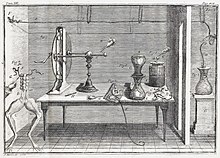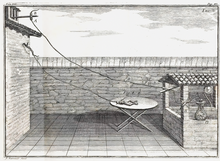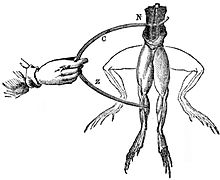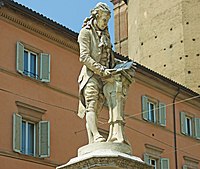This article needs additional citations for verification. Please help improve this article by adding citations to reliable sources. Unsourced material may be challenged and removed. Find sources: "Luigi Galvani" – news · newspapers · books · scholar · JSTOR (April 2022) (Learn how and when to remove this message) |
Luigi Galvani | |
|---|---|
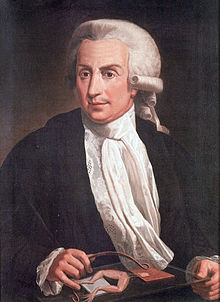 Portrait of Galvani at the Palazzo Poggi | |
| Born | (1737-09-09)9 September 1737 Bologna, Papal States |
| Died | 4 December 1798(1798-12-04) (aged 61) Bologna, Cisalpine Republic |
| Known for | Bioelectricity (animal electricity) |
| Scientific career | |
| Institutions | University of Bologna |
Luigi Galvani (/ɡælˈvɑːni/, also US: /ɡɑːl-/; Italian: [luˈiːdʒi ɡalˈvaːni]; Latin: Aloysius Galvanus; 9 September 1737 – 4 December 1798) was an Italian physician, physicist, biologist and philosopher, who studied animal electricity. In 1780, he discovered that the muscles of dead frogs' legs twitched when struck by an electrical spark. : 67–71 This was an early study of bioelectricity, following experiments by John Walsh and Hugh Williamson.
